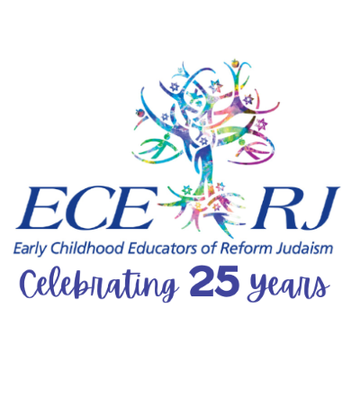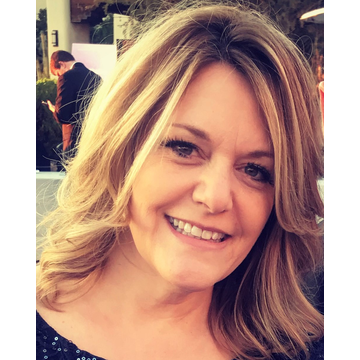Dear Friends
As many of us will be gathering in January for our annual conference, I want to take a moment to reflect on the powerful theme, “Peace in our Time”. This theme brings me back to another gathering of ECE-RJ members less than one year ago.
In February of this year, a mighty group of more than 40 ECE-RJ members traveled to Israel.
One of the most memorable moments of the trip was when we went to the Path to Peace.
There is a massive, powerful, cold concrete wall that divides the Gaza Strip and Israel, adjacent to the homes of Moshav Netiv HaAsara. A resident/artist, Tsameret Zamir, has, in my opinion, beautified the powerful structure by turning it into a collaborative piece of working art.
The creation is seen from both sides of the wall and spreads across the gray security wall. It completely changes the atmosphere. This unique project allows visitors to take an active part in the creation of the peace wall by writing a personal wish on the back of a colorful piece of mosaic and then gluing it onto the security wall. I can recall my turn (which I videotaped). I wrote a message of peace and signed my family’s name on the back of the purple flower tile. With tears streaming down my face I secured it in place next to thousands of other tiles. After the tile was affixed, I looked around as to where I was, standing at the border of the Gaza Strip and Israel wishing for peace.
I am so looking forward to being together at this year’s conference. Many of you will be joining us for the pre-conference in Dallas and then traveling to San Antonio. We will learn with keynote speakers
- Rabbi Joel Thal Simonds, the founding executive director of the Jewish Center for Justice, where he envisioned the need for a Jewish justice organization to reach the unaffiliated and expand the breadth and scope of the wider Jewish community
- Cantor Mark Horowitz, Vice President, Director, Sheva Center for Innovation in Early Childhood Jewish Education & Engagement, and
- Shira Kline, Performing Artist and Spiritual Leader
We all have that place we see when we close our eyes and think of a place of peace—mine is the Path to Peace.
I look forward to seeing many of you in Texas as we learn, grow, pray and celebrate together- Peace in our Time
L’Shalom (In Peace),
Lori






















